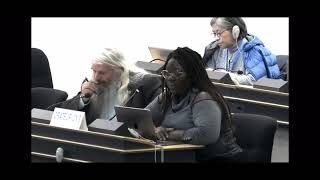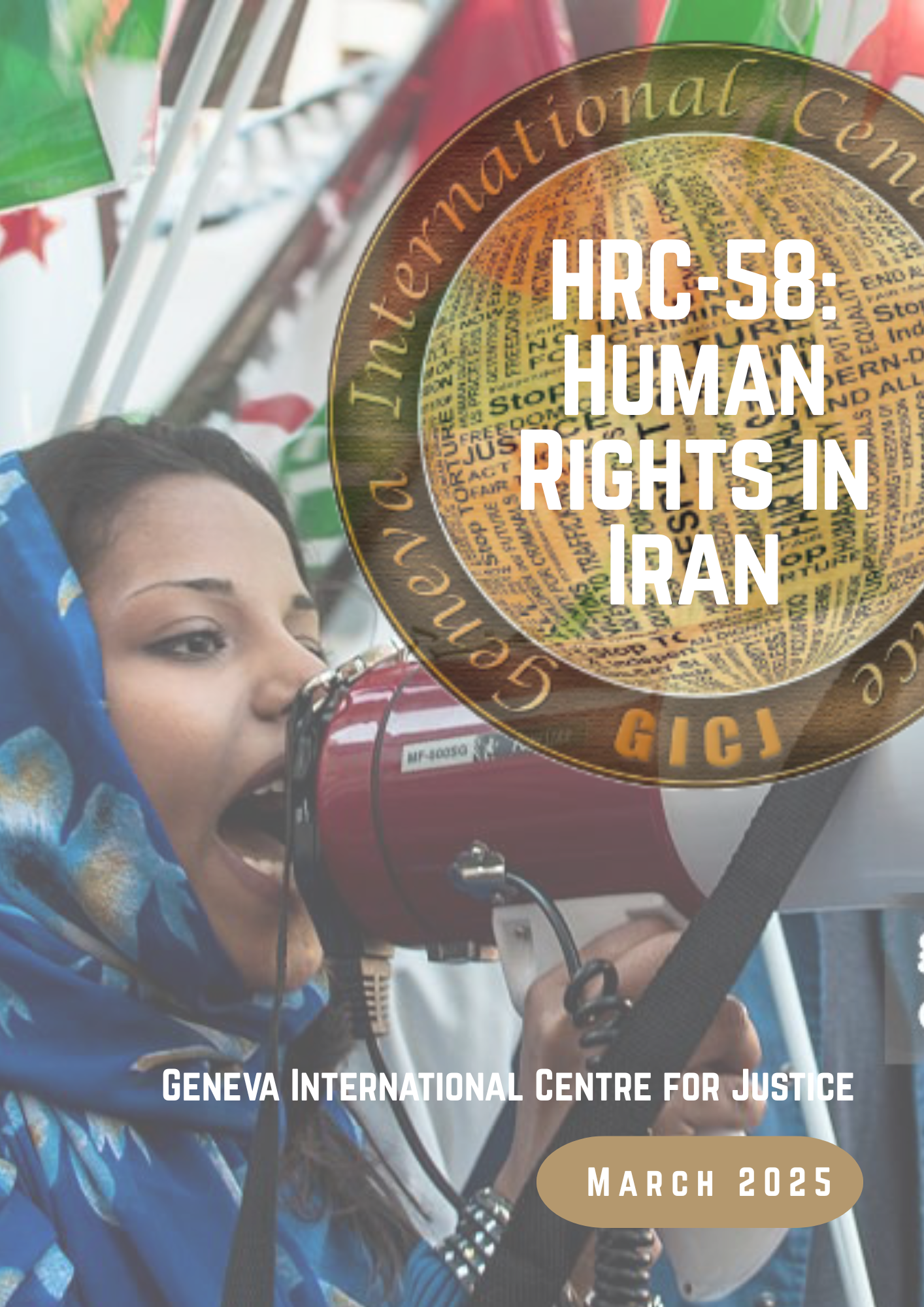By Anyssa Boyer / GICJ
June 1972 marked the world’s first United Nations Conference on the Human Environment. Five decades later, the climate catastrophe is at the forefront of societal issues. United Nations appointed independent rights expert, David Boyd, states that we must “do more for the environment or risk the planet becoming a ‘human sacrifice zone’” [1]. Marcos Orellana, UN Special Rapporteur on toxics and human rights, explains that the 1972 Stockholm Declaration was built on core principles of human rights, linking both the environment and human rights together [1]. Environmental issues and climate change have devastating effects on economic, social, political, and cultural landscapes [2]. Human-induced climate change affects all civilians but significantly hinders the longstanding and culturally rich livelihoods of Indigenous Peoples and other rural rights holders.
As we race against time to combat climate change, environmental degradation by anthropogenic activity continues to remain staggeringly high. Temperatures are reaching new records every year, wildfires are becoming more common, droughts are overwhelming communities, concentrations of greenhouse gases in the atmosphere is rising, and biodiversity is dying. The international community must come together to address the root causes of the environment debate and shift from the current status quo [3]. The Office of the United Nations High Commissioner for Human Rights (OHCHR) recognises that the current draft Framework is inadequately suited to generate a comprehensive transformational outcome that adheres to international human rights norms. Indigenous Peoples and other rural rights holders’ voices, perspectives and contributions are not brought to light [3].
 Indigenous Peoples have a deep understanding of their lands and have capabilities to protect and conserve biodiversity. As mentioned earlier, the draft Framework dismisses Indigenous Peoples and other rural rights holders as the main inhabitants of nature’s biodiversity. Furthermore, their status as conservation and environmental stakeholders possessing extensive knowledge of the environment, is ignored. This weakens our fight against biodiversity loss. Lastly, the Framework lacks sufficient mention of human rights and disregards its inclusion in the environment discourse. Thus, negating the possibility of achieving a more comprehensive form of environmental sustainability [3].
Indigenous Peoples have a deep understanding of their lands and have capabilities to protect and conserve biodiversity. As mentioned earlier, the draft Framework dismisses Indigenous Peoples and other rural rights holders as the main inhabitants of nature’s biodiversity. Furthermore, their status as conservation and environmental stakeholders possessing extensive knowledge of the environment, is ignored. This weakens our fight against biodiversity loss. Lastly, the Framework lacks sufficient mention of human rights and disregards its inclusion in the environment discourse. Thus, negating the possibility of achieving a more comprehensive form of environmental sustainability [3].
Experts state that “human rights-based conservation is the most effective, efficient, and equitable path forward to safeguarding the planet” [3]. The Framework will fail to reach its upcoming conservation and environmental targets if human rights are not placed at the forefront. As a result, further human rights violations will be incited, affecting Indigenous Peoples and other rural rights holders unequally. Preconceived notions of the nature-human divide enshrined in the foundation of Western society need to be abolished. Human rights and environmental sustainability are inextricably related. Therefore, the environment crisis can only be addressed by adopting a human rights-based approach.
In commemoration of the fiftieth year since the first United Nations Conference on the Human Environment, Stockholm held this year’s conference on the 2nd and 3rd June 2022. The Stockholm+50 conference provided opportune grounds to reflect on our world’s current environmental situation and embraced an intergenerational, multistakeholder, and multilateral approach. The conference encouraged collective participation promoting development sustainability while considering important elements such as the human and nature relationship and appropriate resource use. It also highlighted the nexus between different stakeholders and policy implementations and the necessity for the international community to collaborate and achieve the 2030 Agenda for Sustainable Development [4]. The conference facilitated critical discussions necessary to transition to more sustainable practices while increasing the involvement of multi-stakeholder partners, UN bodies, the international community, civil society, and youth activists. The Stockholm+50 honours the 1972 declaration, yet reiterates the urgency of the climate emergency. The multi-party meeting demanded rapid mobilization, implementation, and application of the state’s commitments to abide by the Decade of Action and 2030 Sustainable Development Goals [5].
Geneva International Centre for Justice (GICJ) recognises the dire impacts of the environmental crisis and the extent to which it affects vulnerable communities including indigenous groups, their worldviews, and land rights. We applaud David Boyd’s vast consideration of human rights when addressing the current environmental crisis and the necessity of adopting a human rights-based approach. GICJ recognises the deeply rooted interconnection between environmental issues and human rights. We urge the OHCHR to reinforce the urgency of adopting a human rights-based approach to protect and safeguard humans and their fundamental rights.
However, we remain deeply concerned with victims of environmental violence, especially those most affected, like Indigenous Peoples and rural rights holders. GICJ reminds the international community of its responsibility to ensure that all human rights violations further exacerbated by the environmental crisis are mitigated. We implore the international community to ensure that strong climate and human rights-related measures are adopted to combat the climate emergency. GICJ urges active involvement from multistakeholder bodies bringing together youth advocacy and international organisations to mitigate adverse environmental impacts.
Environmental Justice, Human Rights, Violations, Sustainable Development, Environmental Sustainability, Justice, Indigenous Peoples, Indigenous Rights, SDG, Environmental Crisis, Climate Change, Geneva4Justice, Human Rights, GICJ, Geneva International Centre for Justice
[1]https://news.un.org/en/story/2022/05/1119322
[2]https://hrp.law.harvard.edu/areas-of-focus/human-rights-the-environment/
[4]https://wedocs.unep.org/bitstream/handle/20.500.11822/37743/SAP.pdf?sequence=3&isAllowed=y
[5]https://wedocs.unep.org/bitstream/handle/20.500.11822/38911/Stockholm50_CN.pdf












